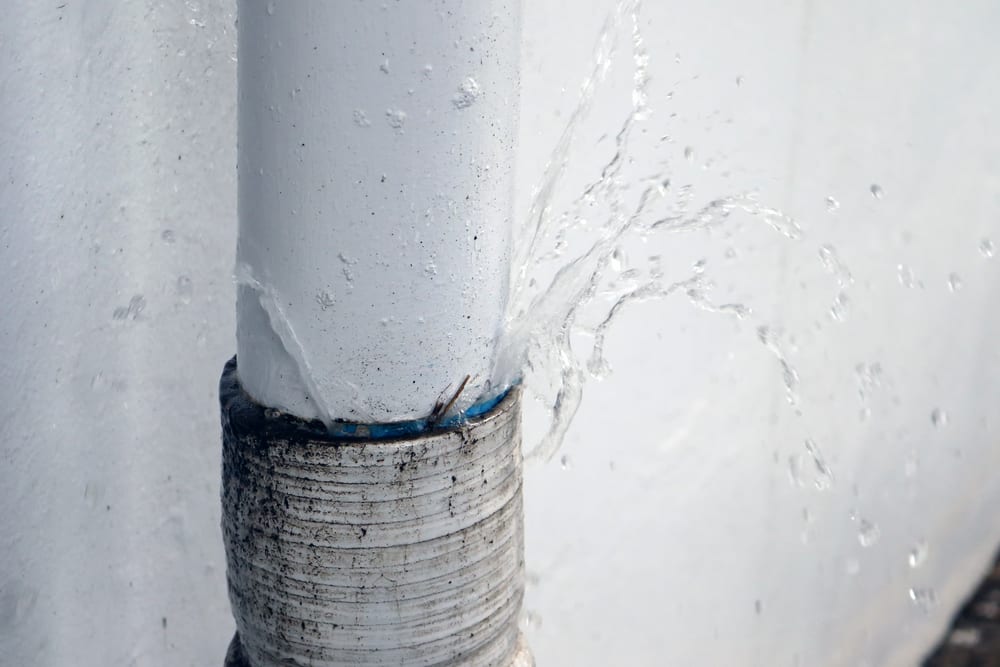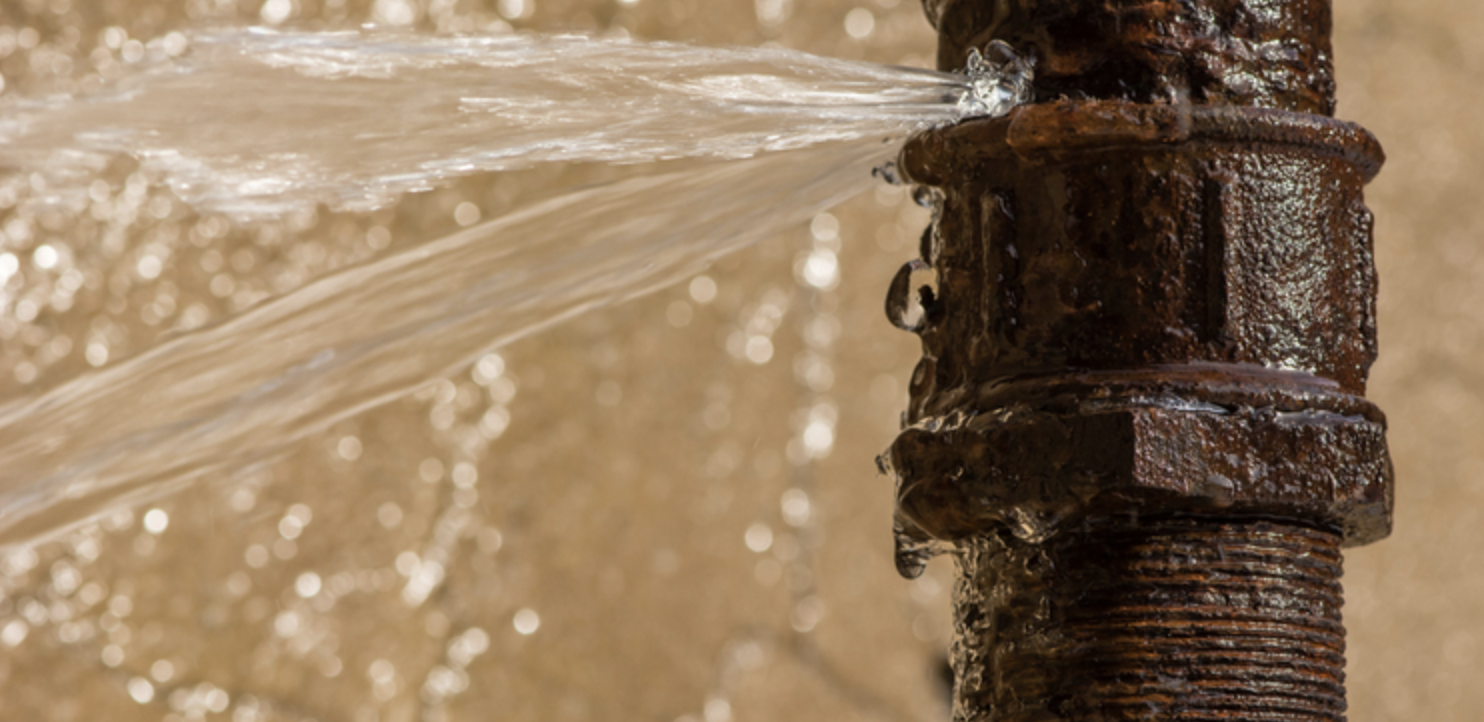Handling Water Damage Following a Pipe Burst - Practical Steps
Handling Water Damage Following a Pipe Burst - Practical Steps
Blog Article
Each person may have their unique assumption involving Water Damage: Tips On What To Do When Your House Is Flooded.

What should you do if a water pipeline bursts in your home? The longer you wait, the much more serious the damages that can happen to your residential property. For these factors, you require to learn how to act in the occasion of a burst water pipeline.
Shut down the Main Waterline Valve
The first thing to do? Close the shut-off valve. Look for the local shut-off shutoff to switch off the water in one certain location only. Go for the main water line valve and turn it off if you don't understand where the localized shut-off shutoff is. This action will certainly remove the water right away in your whole home. Typically, the major shutoff is located outside the house alongside the water meter. If it's not there, you can additionally find it in two places: in the cellar at eye degree or the first flooring on the ground. Generally, home builders placed the shut-off valve in the main ground degree shower room or right alongside it.
Call Water Damages Reconstruction Pros for Assistance
After closing the water resource, call the experts for assistance. This situation is not something you can do some do it yourself due to the fact that the pipes needed to be taken care of and also there is a need to deal with the various other problems to your home. If you can not deal, look for aid from a trusted business using 24/7 emergency services. With their professional aid, you can protect against much larger water damage including deformed baseboards, loosened floor tiles, or damaged frameworks. Do not take this trouble gently and also look for expert guidance for your total comfort and a legitimate option.
Paper the Damages For Insurance
While you're waiting on the pros to show up, get some documents of the damage triggered by the errant pipeline. Take pictures and also video clips of every little thing. Do close-up shots of the damaged belongings as well as spots. Your documentation will certainly act as proof for your house owner's insurance coverage. Keeping proactive with this circumstance helps you to sue for protection, which will additionally support you and your household to get back on your feet.
Salvage Things That Can Be Conserved
When you're done taking photos, take a look at the harmed products as well as secure the most essential ones from the stack. Dry them off in a dry/warm place away from the damaged area as well as attempt to protect them as high as you can. Drag as much dampness as you can to the material so it can begin to dry out.
Beginning the Drying Process
The good news is, the water from your waterlines is currently clean so you do not have to fret regarding drain water. The moving water might have disturbed the dust as well as particles in your floorboards and also carpets. Blot out as much water as you can from the surfaces with old towels.
Experts are the only people certified to evaluate appropriately and take care of the burs pipes and also succeeding damage. They generally give silent red flags like bubbling paint, water spots.
What should you do if a water pipe bursts in your house? For these reasons, you require to learn exactly how to act in the event of a burst water pipeline. After shutting the water source, call the experts for assistance. With their professional assistance, you can stop a lot larger water damages including distorted baseboards, loosened floor tiles, or damaged structures. Thankfully, the water from your waterlines is already clean so you do not have to fret about sewage system water.
Steps to Deal with a Burst Pipe and a Flooded House
Disconnect your electrical
To prevent electrocution, make sure the electrical systems in your home are turned off. Do not wade into standing water with the power on. If water is blocking your path to your breaker box, look for a main shutoff on the exterior of your home or call an electrician.
Stop the source of the flooding
If your flooding is caused by a burst pipe or valve rather than an act of nature, it should be fairly easy to stop at its source. Just turn off the main water shutoff valve. Some homes have a valve located near where the main water line enters your home, while other homes have a valve attached or adjacent to a water meter, which is sometimes buried near the street.
Call your insurance company
Your water damage will most likely be covered under your homeowners insurance policy. The first step to start the claims process is to call your insurer to let them know about the situation. To make sure that your claim is successful, ask your insurer whether a claims adjuster needs to visit your home to document the damage before you begin the cleanup and repair process, or if your photos of the damage will suffice.
Document everything
No matter what your insurer says, it's always a good idea to carefully document all the water damage to your home to assist with your insurance claim. Simply take photos and videos with your phone and make note of everything the water touched, including your possessions and the structure of your home itself.
Remove standing water
If the water is primarily in your basement, and you have a floor drain, you may be able to use a squeegee mounted on a handle (pick one up at any hardware store) to push water to the drain, or use a mop and bucket. With most of the standing water removed, use a wet-dry vac (make sure to remove the filter for dry vacuuming) to start removing water from harder-to-reach areas.
Start drying out your home yourself
While you are waiting for your contractor to get started, you can begin the process of drying out your home by following these steps: a) open your windows to let moist air escape; b) start as many dehumidifiers as possible; c) cycle your HVAC system between heating (to 80 degrees) and cooling (to 60 degrees), which pulls moisture into the air and then removes it. You can rent industrial-size blowers and dehumidifiers to speed up the drying process.
Prevent mold and mildew caused by water damage
The damage to your home and property is only half the battle. If not properly dealt with, water damage can have farther-reaching effects on your home and health in the form of toxic mold and mildew. In fact, these secondary effects are often worse than the initial property damage, so it's important to take them seriously and dry out the affected areas as quickly as possible. If a surface can't be dried quickly, it should be removed and discarded. If you are working with a water damage cleanup company, they will have the proper equipment to dry out your home. If you are cleaning up the water damage yourself, be sure to educate yourself on how to remove and repair wet drywall and insulation, as well as flooring.
https://www.crddesignbuild.com/blog/10-steps-to-deal-with-a-burst-pipe-and-a-flooded-house

As a passionate reader on Water Damage: Tips On What To Do When Your House Is Flooded, I think sharing that topic was smart. In case you enjoyed reading our page kindly make sure you remember to pass it around. We thank you for reading our article about Water Damage Restoration Do s And Don t.
Find Out More Report this page